Welcome to the Amira-Avizo Software Use Case Gallery
Below you will find a collection of use cases of our 3D data visualization and analysis software. These use cases include scientific publications, articles, papers, posters, presentations or even videos that show how Amira-Avizo Software is used to address various scientific and industrial research topics.
Use the Domain selector to filter by main application area, and use the Search box to enter keywords related to specific topics you are interested in.
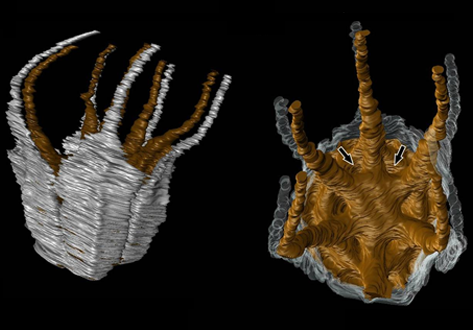
Angiosperm-dominated floras of the Late Cretaceous are essential for understanding the evolutionary, ecological, and geographic radiation of flowering plants.
The Late Cretaceous–early Paleogene Deccan Intertrappean Beds of India contain angiosperm-dominated plant fossil assemblages known from multiple localities in central India. Numerous monocots have been documented from these assemblages, providing a window into an important but poorly understood time in their diversification. On... Read more
Kelly K.S. Matsunaga, Selena Y. Smith, Steven R. Manchester, Dashrath Kapgate, Deepak Ramteke, Amin Garbout, and Herminso Villarraga-Gómez
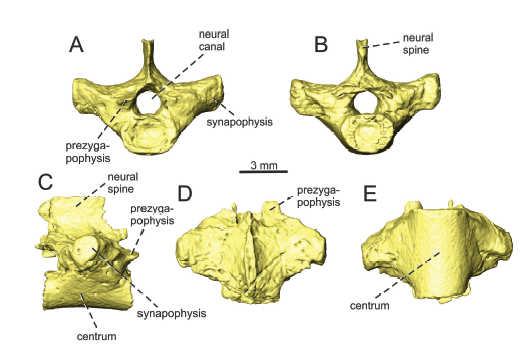
An eosauropterygian skeleton found in the Middle Triassic (upper Anisian) Gutenstein Formation of the Fatric Unit (Demänovská dolina Valley, Low Tatra Mountains, Slovakia) represents the earliest known occurrence of marine tetrapods in the Western Carpathians. The specimen represents a partly articulated portion of the postcranial skeleton (nine dorsal vertebrae, coracoid, ribs, gastral ribs, pelvic girdle, femur and one zeugopodial element). It is assigned to the Pachypleurosauria, more pr... Read more
ANDREJ ČERŇANSKÝ, NICOLE KLEIN, JÁN SOTÁK, MÁRIO OLŠAVSKÝ, JURAJ ŠURKA, and PAVEL HERICH
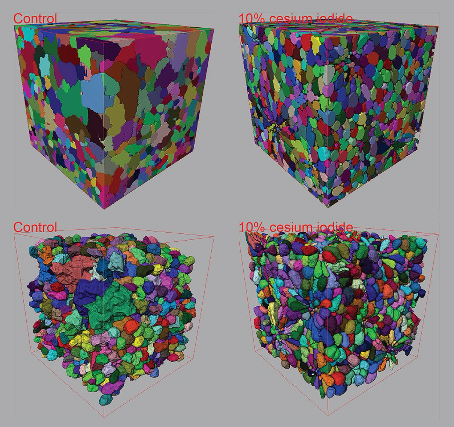
Contrast-enhanced 3D micro-CT of plant tissues using different impregnation techniques
X-ray micro-CT has increasingly been used for 3D imaging of plant structures. At the micrometer reso-lution however, limitations in X-ray contrast often lead to datasets with poor qualitative and quantitative measures, especially within dense cell clusters of plant tissue specimens. The current study developed protocols for delivering a cesium based contrast enhancing solution to varying plant tissue specimens for the purpose of improving 3D tissue structure characterization within plant spec... Read more
Zi Wang, Pieter Verboven and Bart Nicolai, Department of Biosystems KU Leuven – University of Leuven Willem de Croylaan, Leuven Belgium
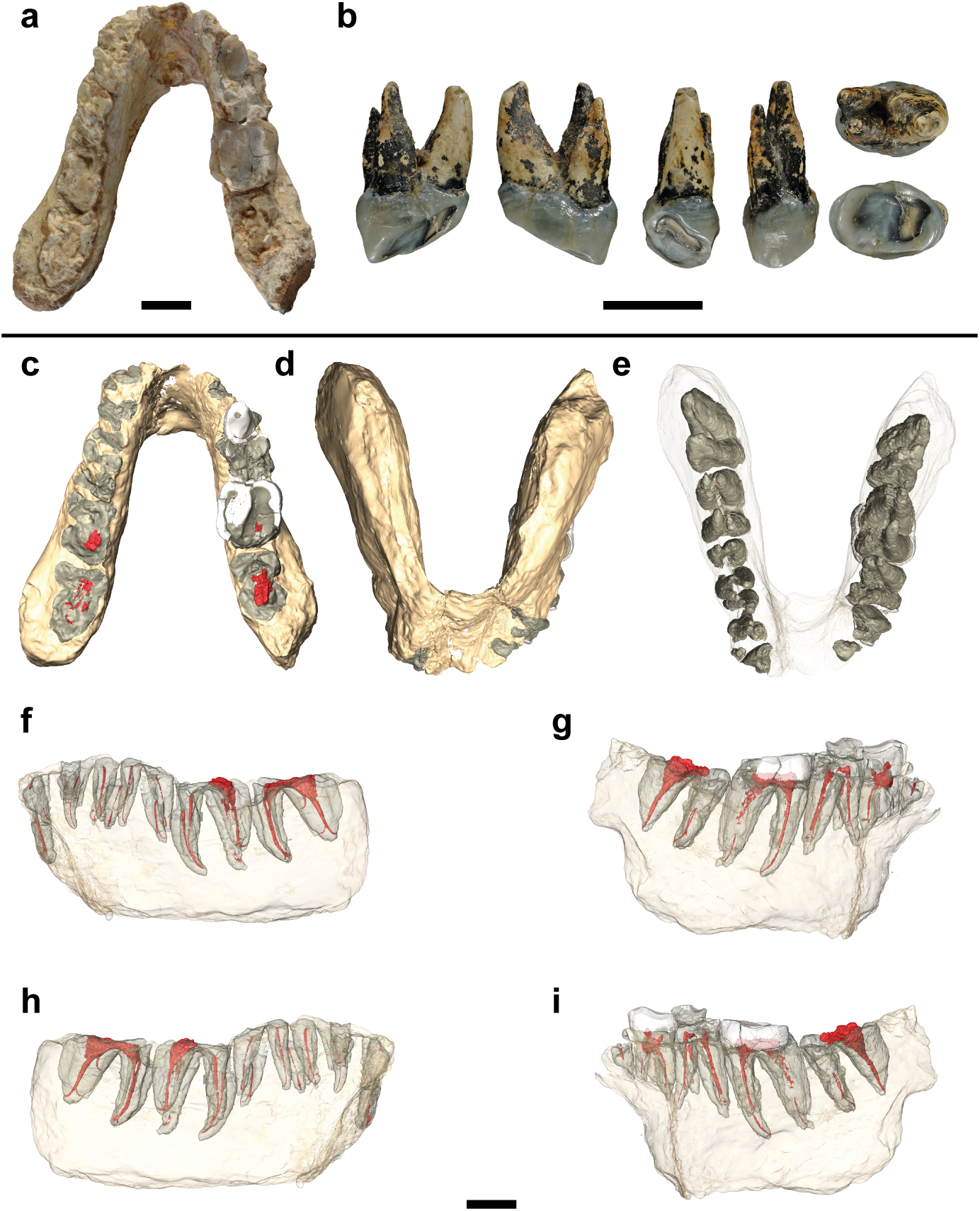
Potential hominin affinities of Graecopithecus from the Late Miocene of Europe
The split of our own clade from the Panini is undocumented in the fossil record. To fill this gap we investigated the dentognathic morphology of Graecopithecus freybergi from Pyrgos Vassilissis (Greece) and cf. Graecopithecus sp. from Azmaka (Bulgaria), using new μCT and 3D reconstructions of the two known specimens. Pyrgos Vassilissis and Azmaka are currently dated to the early Messinian at 7.175 Ma and 7.24 Ma. Mainly based on its external preservation and the previou... Read more
Jochen Fuss, Nikolai Spassov, David R. Begun, Madelaine Böhme
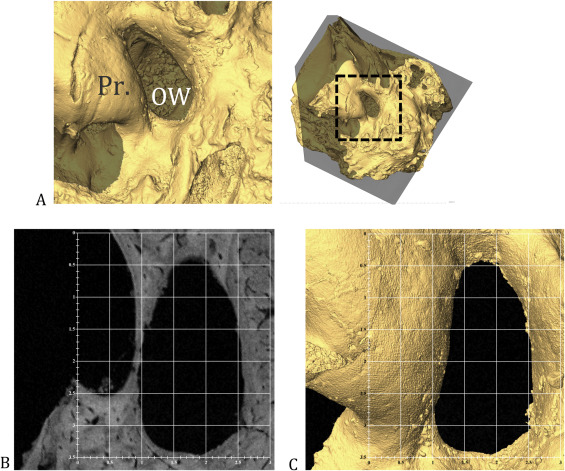
Echoes from the past: New insights into the early hominin cochlea from a phylo-morphometric approach
Investigation on cochlear variation, an indirect evidence of auditory capacities among early hominins and extant catarrhine species, in order to assess (i) the phylogenetic signal of relative external cochlear length (RECL) and oval window area (OWA), the evolutionary model with the highest probability of explaining our observed data, some hominin ancestral nodes for RECL and OWA. RECL has a high phylogenetic signal under a Brownian motion model, and is closely correlated with body mass. Our... Read more
José Braga, Priscille Bouvier, Jordan Romeyer Dherbey, Patricia Balaresque, Laurent Risser , Jean-Michel Loubes , Jean Dumoncel , Benjamin Duployer , Christophe Tenailleau
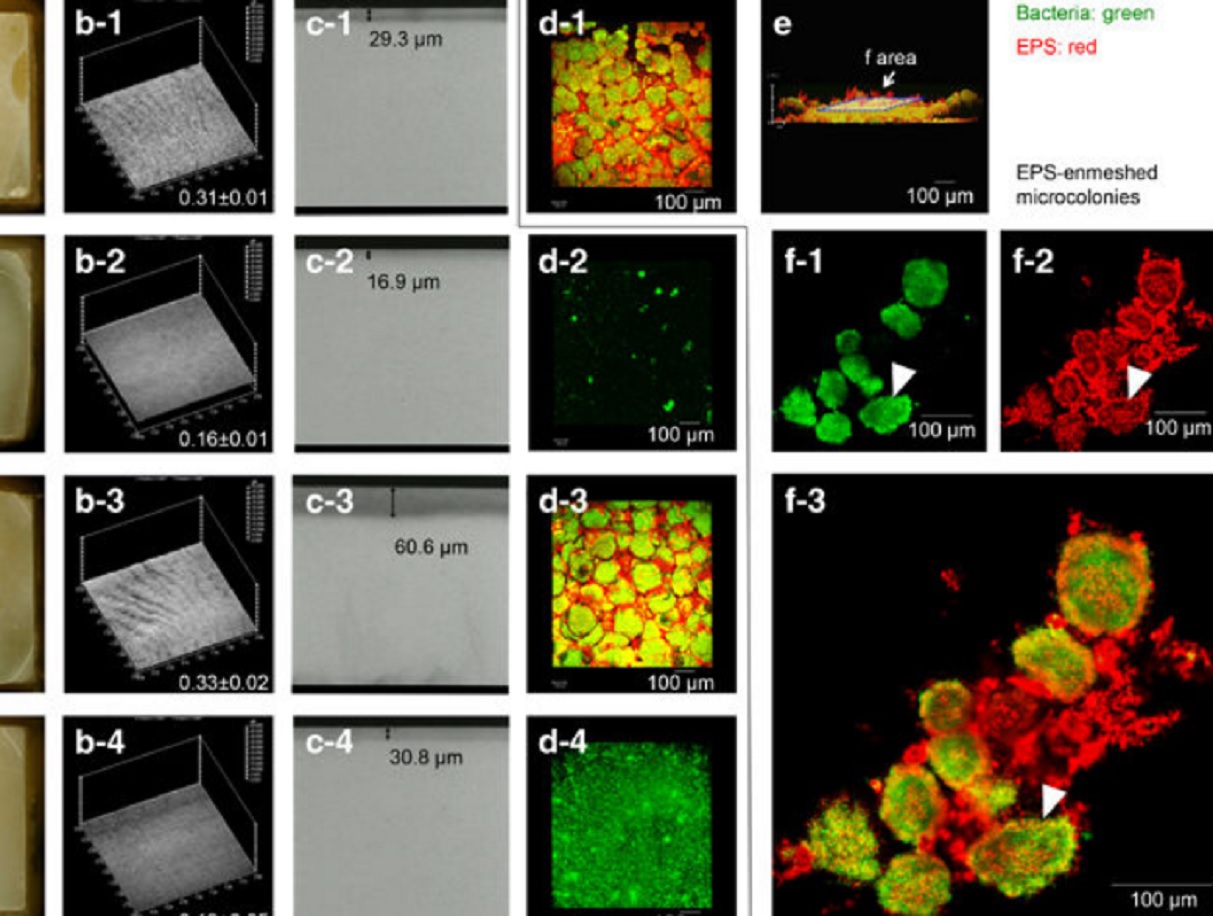
Acidic microenvironments created by bacterial clusters thriving in a polysaccharide matrix could be behind localized tooth decay. Jin Xiao of the University of Rochester Medical Center and Geelsu Hwang of the University of Pennsylvania with colleagues in the US mapped acidity changes across tooth enamel caused by the microstructure of dental plaque: a film of bacteria and the polysaccharide matrix they secrete. Using fluorescence microscopy, they studied the 3D architecture of plaque that for... Read more
Jin Xiao, Anderson T Hara, Dongyeop Kim, Domenick T Zero, Hyun Koo et al.
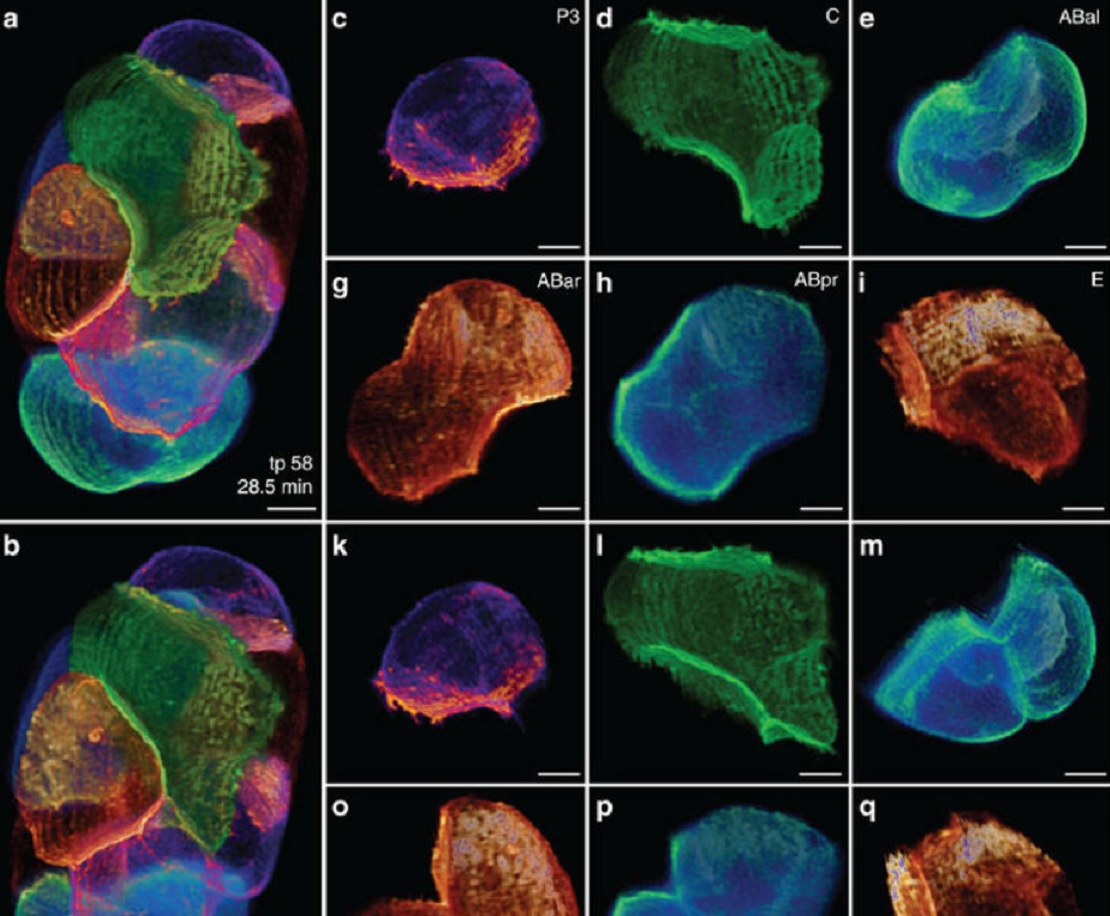
Despite the progress made in selective plane illumination microscopy, high-resolution 3D live imaging of multicellular specimens remains challenging. Tiling light-sheet selective plane illumination microscopy (TLS-SPIM) with real-time light-sheet optimization was developed to respond to the challenge…
Read more
Qinyi Fu, Benjamin L. Martin, David Q. Matus, Liang Gao
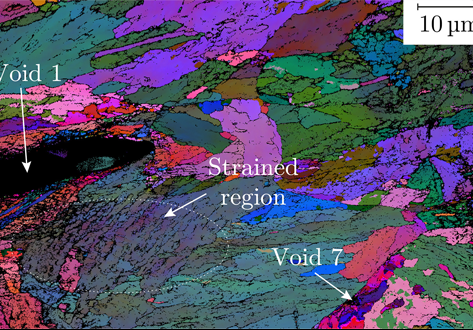
A multi-scale correlative investigation of ductile fracture
The use of novel multi-scale correlative methods, which involve the coordinated characterization of matter across a range of length scales, are becoming of increasing value to materials scientists. Here, we describe for the first time how a multi-scale correlative approach can be used to investigate the nature of ductile fracture in metals. Specimens of a nuclear pressure vessel steel, SA508 Grade 3, are examined following ductile fracture using medium and high-resolution 3D X-ray computed to... Read more
School of Materials, University of Manchester; National Nuclear Laboratory; BAM Federal Institute for Materials Research and Testing; Thermo Fischer Scientific
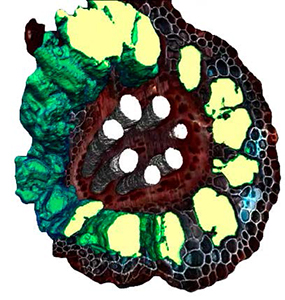
L4iS uses Avizo software to analyze 3D images from laser ablation tomography
Lasers for Innovative Solutions, LLC (L4iS) is developing a new class of tomography technology with the aim of allowing material characterization in three dimensions with sub-micron resolution. The method uses a nanosecond, Q-switched, pulsed ultraviolet laser coupled with high-resolution imaging to generate highly detailed specimen models. Using this system, sequential images similar to light-sheet fluorescence microscopy are used to digitally reconstruct the specimen.
Read more
Brian Reinhardt and Benjamin Hall, L4iS (USA)
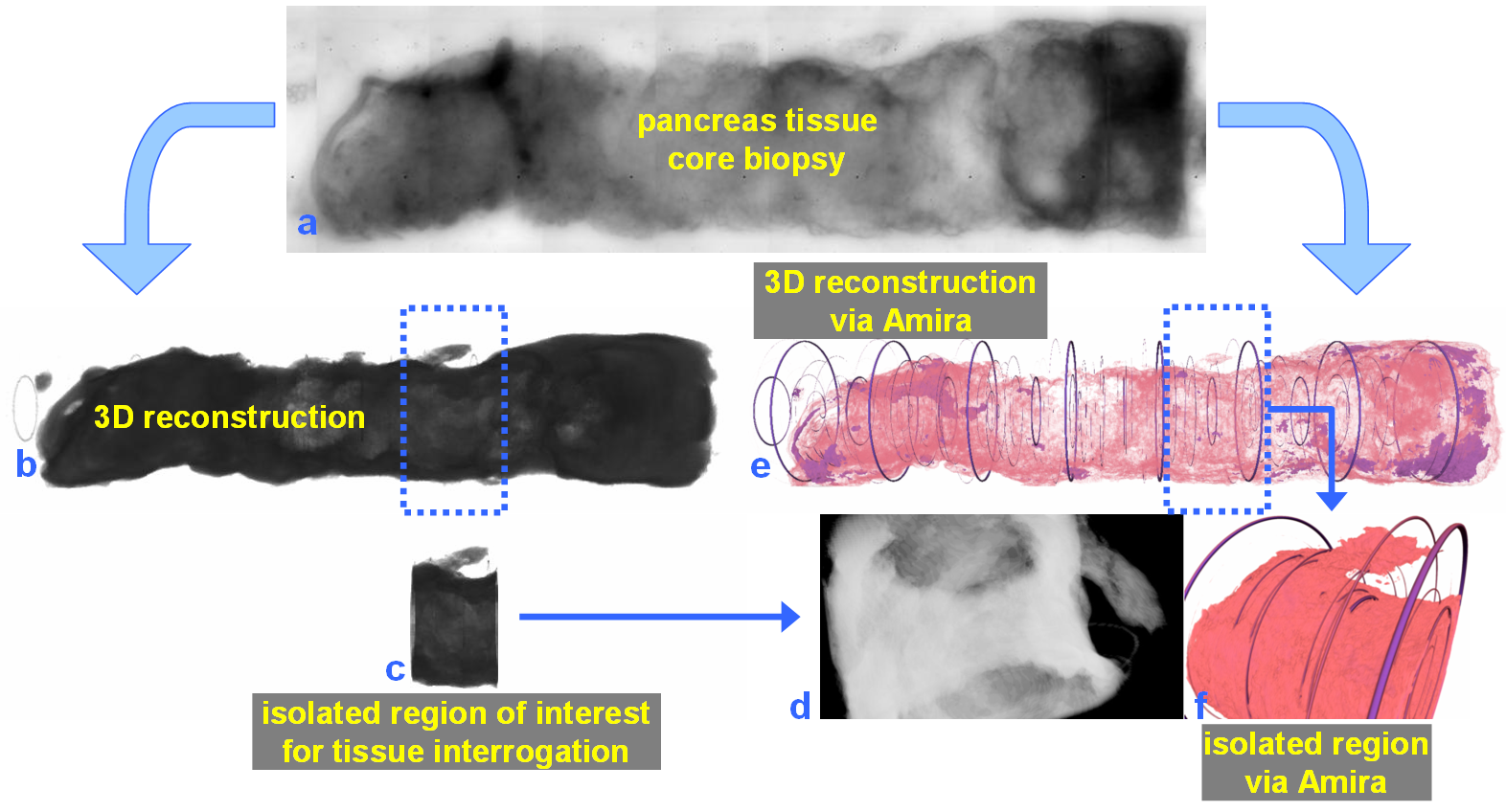
For nearly 100 years, pathology for cancer diagnosis has involved a standard, but complex series of steps to process tissue biopsies procured from a patient in the clinic. Many procedures are a direct result of the fact that observation and evaluation of specimens by pathologists occur using a standard microscope (in 2D).
In 2014, the Human Photonics Laboratory at the University of Washington demonstrated that the rudimentary operations of a pathology laboratory may be replicated on wh... Read more
Ronnie Das, PhD and Eric J. Seibel, PhD